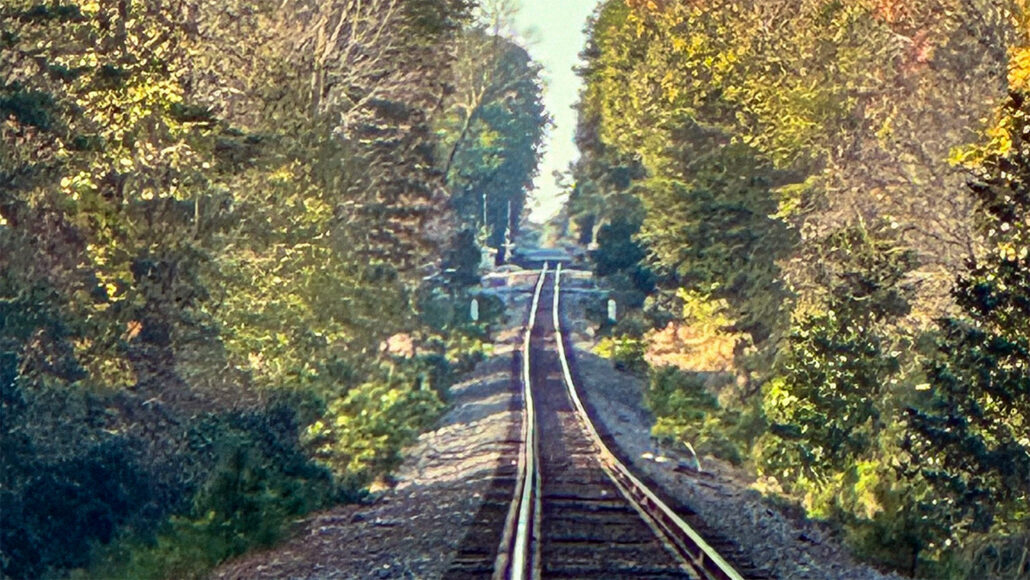
Earth
Earth farts may explain some spooky floating lights
The gases released by earthquakes might occasionally ignite, triggering ghostly lights sometimes witnessed in South Carolina.
By Nikk Ogasa
Come explore with us!

The gases released by earthquakes might occasionally ignite, triggering ghostly lights sometimes witnessed in South Carolina.
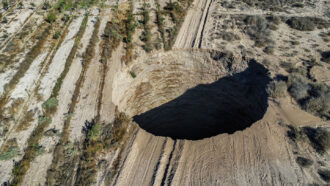
A lot of these aquifers are quickly disappearing due to climate change and overuse. Fortunately, there is growth in some of the world’s major aquifers.
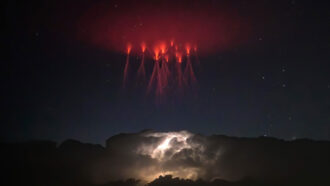
Fleeting glows collectively known as “transient luminous events” flash in the skies above powerful lightning storms.
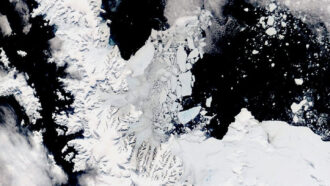
Destabilized by waves and vanishing sea ice, one of the glaciers lost 25 kilometers (15.5 miles) of ice in 16 months — a possible hint of worse to come.
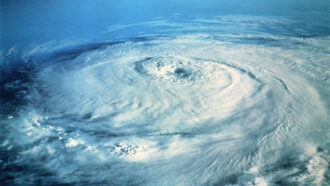
Because Earth spins, airborne objects traveling far and fast — such as airplanes — experience deflections in their motion.
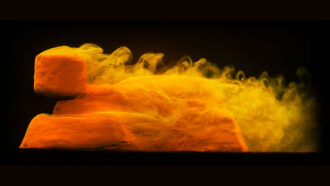
Steady ‘winds’ can carve clay blobs into lion-shaped landforms called yardangs, a new study suggests. One such yardang may have inspired the Great Sphinx of Giza.
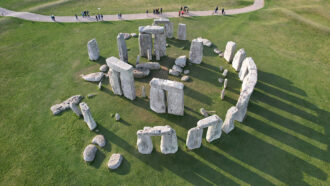
After a century of searching for the source of the Altar Stone, scientists have yet to figure out where ancient people got the rock.

Earth’s ongoing fever threatens to push entire forests toward this heat limit — and possible death.
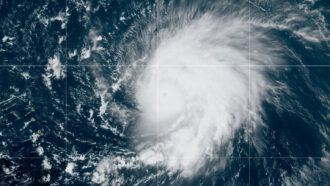
This dangerous trend appears relatively new — and growing. Studies also have begun linking it to our warming world.

Most pink diamonds may have formed billions of years ago during the tectonics that led to formation and breakup of Nuna, Earth’s first supercontinent.